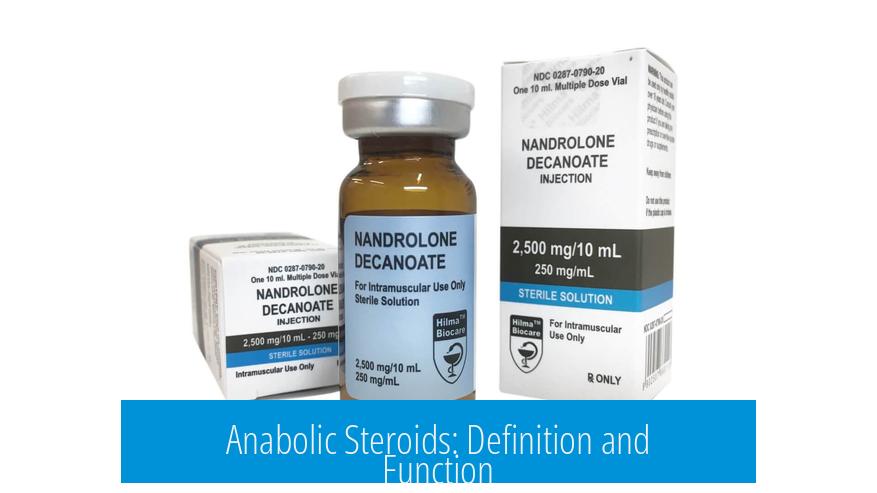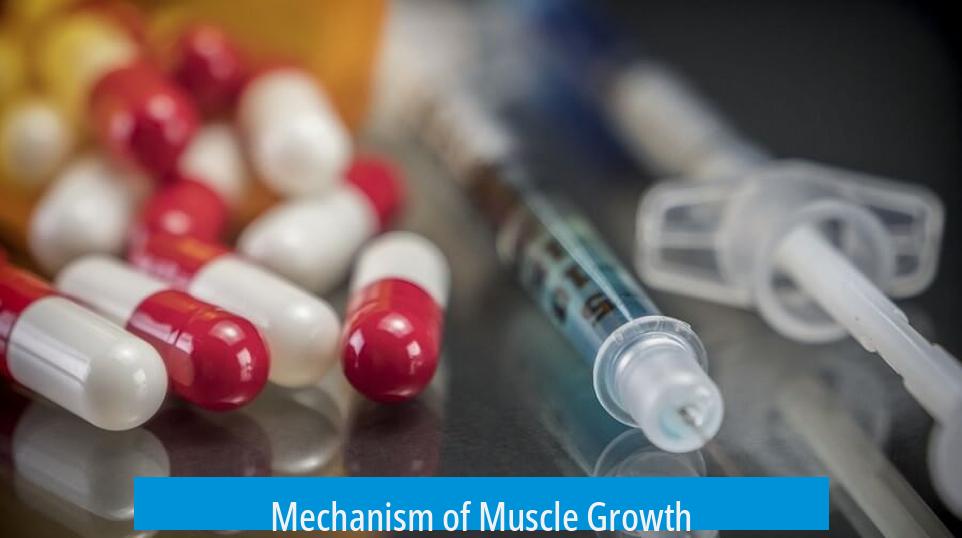Anabolic Steroids: Definition and Function

Anabolic steroids are synthetic compounds related to the male sex hormone testosterone that promote muscle growth and enhance physical performance. They work by mimicking testosterone’s effects on muscle tissue, increasing protein synthesis and promoting the buildup of muscle fibers.
These steroids are chemically designed to enhance anabolic effects—such as muscle hypertrophy—while reducing androgenic effects like the development of male sexual characteristics. The chemical and biochemical details of anabolic steroids are well documented in scientific literature, clarifying how their molecular modifications influence their potency and duration in the body.
Mechanism of Muscle Growth

Muscle growth primarily depends on protein synthesis, which anabolic steroids stimulate. They enter muscle cells and bind to androgen receptors, activating genes responsible for muscle tissue growth. This leads to increased size and strength of muscles.
Controlled use in medical environments aims to treat muscle wasting disorders or hormone deficiencies. However, misuse or overuse can disrupt normal physiological processes.
Common Misconceptions and Cultural Humor
Public discourse often includes misconceptions about anabolic steroids. Some believe these drugs cause exaggerated physical changes unrelated to muscle growth. For example, humor exists around side effects, such as a fictional account where a female athlete complains about steroid use leading to unexpected development of male sexual organs. The coach’s witty reply distinguishes anabolic steroid effects from misconceptions.
This joke highlights misunderstandings: anabolic steroids primarily affect muscle and secondary sexual characteristics, not the sudden growth of male genitalia. Such misunderstandings can obscure clear scientific facts about steroids.
Biomedical and Ethical Considerations
- Anabolic steroids are medically used under supervision to treat specific conditions.
- Non-medical use risks hormone imbalance, liver damage, and psychiatric effects.
- Sports organizations regulate and often ban anabolic steroids due to unfair performance enhancement.
Summary of Key Points
- Anabolic steroids are testosterone derivatives designed to increase muscle mass.
- They promote protein synthesis by interacting with androgen receptors in muscle cells.
- Misconceptions about anabolic steroid use abound, sometimes reflected in humor.
- Medical uses exist but must be balanced against risks and ethical concerns in sports.
What are anabolic steroids chemically made of?
Anabolic steroids are synthetic compounds related to testosterone. They mimic its muscle-building effects. Their chemical structure is based on the steroid framework found in hormones.
Can anabolic steroids cause unexpected physical traits?
Some believe steroids cause extreme side effects, but many claims are exaggerated. Most physical changes relate to hormone effects, not unusual traits.
How do anabolic steroids affect muscle growth?
They enhance protein synthesis in muscle cells. This leads to faster muscle repair and growth. Steroids increase muscle mass by altering cell function.
Why do some people confuse anabolic steroids with other types?
The term “steroids” covers many compounds. Anabolic steroids specifically build muscle. Some mix this with corticosteroids, which treat inflammation but don’t build muscle.
Is there a straightforward way to learn about anabolic steroids’ effects?
Research from trusted sources helps. Scientific databases provide biochemical details. Understanding muscle biology clarifies how steroids influence growth.





Leave a Comment